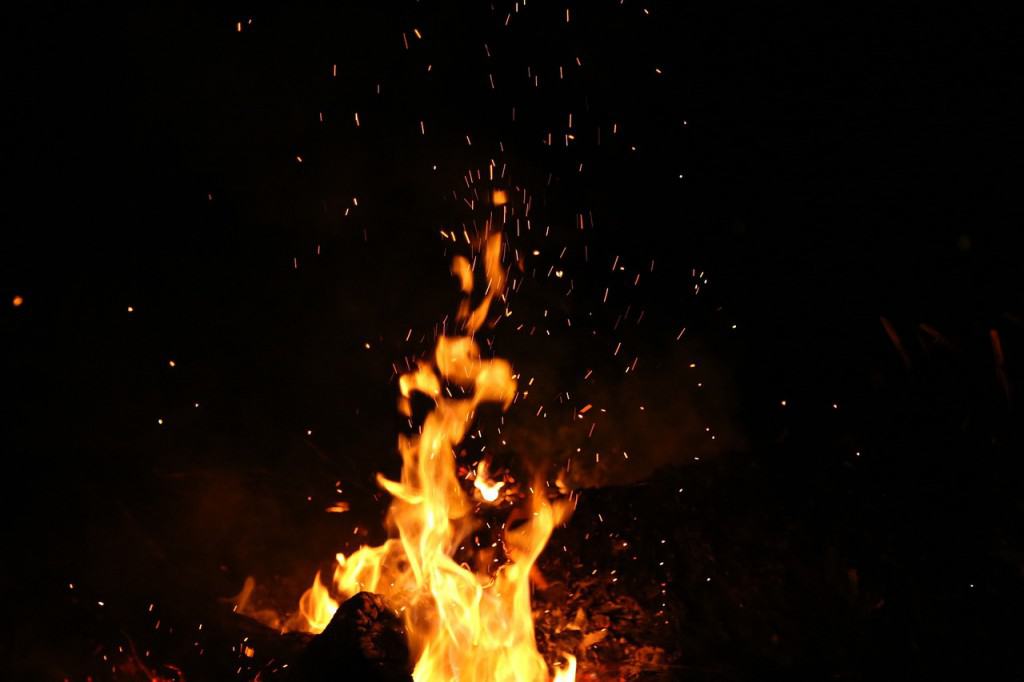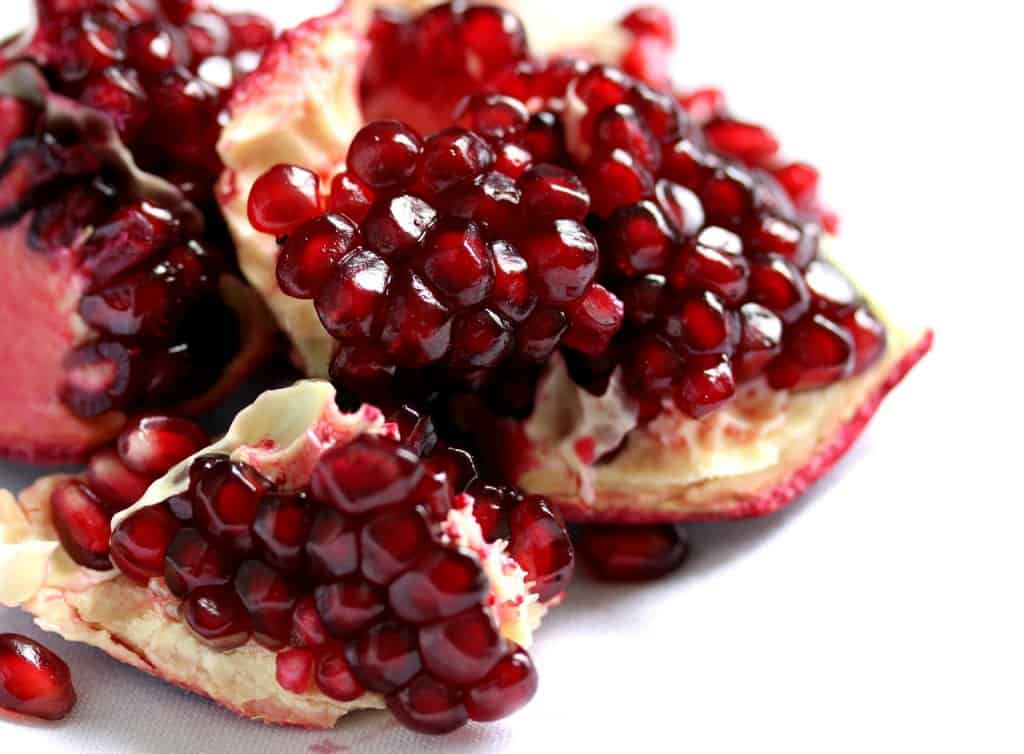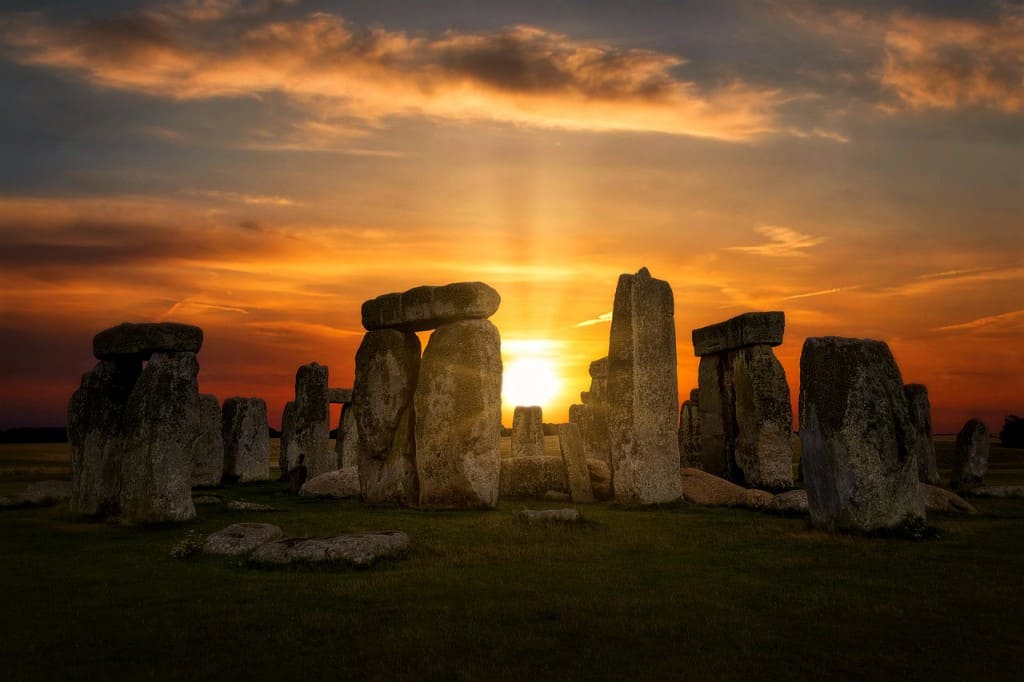Short day’s journey into night
Unveiling the mysteries of Winter Solstice
In the heart of winter’s grip, as the sun slinks away into its shortest cameo and the night stretches its long, dark fingers across the hemisphere, there’s a strange magic afoot.
It’s a time when ancient stones whisper secrets and fires crackle with untold stories. Yes, the Winter Solstice, that cosmic wink, has been a beacon for wild hearts and curious souls through the ages. This year, the solstice slams down its marker on December 22nd, with a specific moment that varies depending on where you stand on this spinning rock.
It’s not just a day, but a precise instant when the Earth’s axial tilt is at its most shy from the sun, a fleeting second that astronomers can pin down but poets can only marvel at. Let’s buckle up and blaze through the Northern Hemisphere, where the shortest day meets the longest night in a symphony of ancient revelry and modern mystique.
Stonehenge, England
Amidst the rolling hills of Wiltshire, Stonehenge stands as a prehistoric enigma, a circle of stones that have watched over millennia of solstices. As the winter sun dips to its lowest, casting shadows that dance with ancient spirits, modern-day druids, pagans, and the just plain curious gather. They come clad in cloaks and hopes, seeking to touch something eternal, something that whispers of times when the sun was a god and the moon a goddess. The air is electric, charged with the energy of countless feet that have trod this sacred ground. It’s a place where myths are born and reborn, where the veil between past and present is as thin as the winter sunlight.
Saturnalia in Ancient Rome
Imagine the streets of Rome, awash in a frenzy of feasting and revelry. Saturnalia, the festival of reversal, where the world turned upside down, and the norms of society were gleefully tossed aside. Masters served slaves, and the air was thick with the scent of roasting meats and sweet wine. The city was a carnival, a wild release from the rigours of Roman discipline. Temples opened their doors, and the statue of Saturn had its feet unbound, symbolising liberation. It was a time of gift-giving, of wax candles passed hand to hand, symbols of the returning light. Saturnalia wasn’t just a party; it was a subversion, a delicious, chaotic break from the everyday.

Yule in Scandinavia
In the frozen heart of Scandinavia, where winter’s grip is ironclad, the Norsemen’s Yule was a beacon of warmth. The Yule log, a mighty tree trunk, was the centrepiece, its burning a ritual of endurance. As it smouldered, tales of Odin and Thor were told, sagas of bravery and darkness. The Norse believed that each spark from the Yule log foretold a future event, a birth, or a bounty. Mead flowed freely, and the halls were alive with the clatter of bones and the roar of songs. Yule was more than a celebration; it was an affirmation of life in the face of biting cold and encroaching darkness.
Dong Zhi in China
In China, Dong Zhi is a time of balance, of yin and yang, where the darkness begins to give way to light. Families gather, wrapping themselves in the warmth of shared stories and laughter. The tang yuan, those sweet rice balls, are more than food; they’re symbols of reunion, of completeness. In the north, dumplings are crafted with care, their shapes and fillings a testament to the richness of Chinese culinary tradition. Dong Zhi is a time to honour ancestors, to remember the past even as one looks to the future. It’s a festival that weaves the fabric of family tighter, binding generations in a celebration of continuity and hope.
Toji in Japan
In Japan, Toji is a whisper rather than a shout, a subtle nod to the changing seasons. The yuzu baths are not just a practice but a ritual, a cleansing of body and spirit. The citrus scent mingles with steam, an aromatic balm against the cold. Eating kabocha squash is a gesture of hope, a wish for good fortune and health. The winter solstice in Japan is introspective, a time for inner reflection and quiet joy. It’s a celebration of simplicity, of finding beauty and meaning in the small, quiet moments. Toji is a pause, a deep breath taken as the year winds down, a moment of peace amid the bustle of life.

Shab-e Yalda in Iran
On Shab-e Yalda, the longest night becomes a canvas for a rich tapestry of Persian culture. Families gather together, sharing pomegranates and watermelons, their red hues symbolising the dawn. The poetry of Hafiz and Rumi echoes through the night, a lyrical bridge between past and present. It’s a night of storytelling, of laughter and reminiscence, a collective defiance against the dark. The flicker of candles and the warmth of shared blankets create a cocoon of light and warmth. Shab-e Yalda is more than a festival; it’s a testament to the enduring power of community and tradition, a celebration of the triumph of light, both literal and metaphorical.
Native American Traditions
In the lands of the Zuni and Hopi, the winter solstice is a sacred pivot point. The dances are more than movements; they’re prayers in motion, a dialogue with the spirits and kachina doll effigies become embodiments of the divine, messengers between worlds. The rituals are steeped in the rhythm of the sun and the earth, a harmony that has guided these peoples for centuries. The solstice ceremonies are a time of renewal, of setting intentions for the coming year. They’re a reminder of the deep connection between humanity and the natural world, a call to live in balance and respect.
The Winter Solstice isn’t just a celestial event. It’s a tapestry woven with the threads of human experience, a collective defiance against the dark, a toast to the inevitable return of light.
In the heart of winter, where shadows loom longest, these festivals are beacons that remind us: even in the deepest night, the promise of dawn lingers on the horizon. So, here’s to the short day’s journey into night, a wild ride through time and tradition, where every spark and candle flame is a defiant cheer against the darkness.









